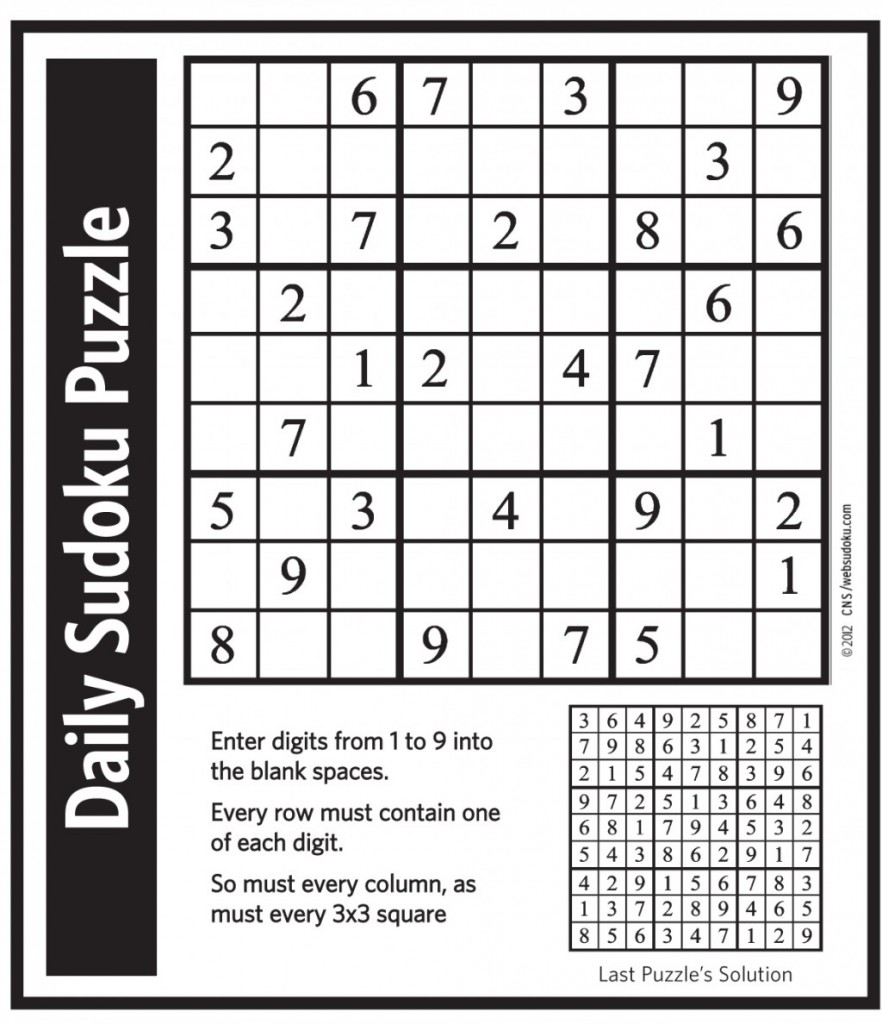

So, using logic as previously, we figure that g1, i1, and h2 cannot have a 6 in them. Next, we see a 6 in a1 and another 6 in the f2 cell. Moving on, we notice that we have a 5 in c1 cell.Hence, g1, i1, g3, h3, i3 cannot have a 4. Moving on, we notice that a3 has a 4 and 31 has a 4.We now see that g2 has a 3, and e3 has a 3, hence we figure that c3, c2, b2, and a2 cannot have a 3. After scanning through the rows and columns, we have a 1 in i2 and a 2 in f3.
#SUDOKU TIPS FOR BEGINNERS HOW TO#
We shall solve the a1 to i1, a2 to i2, and a3 to i3 rows, columns, and grids to explain how to solve a Sudoku puzzle. The elimination process is another logical strategy to solve Sudoku where you analyze the rows, columns, and grids and figure out the remaining candidates by eliminating the possibilities of numbers as they might be already filled in or not a possibility due to their placement in the surrounding rows, columns, and grids. This gives us a cue in figuring that only one candidate (digit) is the right and remaining solution. Suppose, 4 numbers are already filled in a 3x3 grid while two numbers have been used in the same row and two numbers have been used in the same column. In cases where 8 out of 9 numbers have been used in the surrounding rows, columns, and grids, one needs to take a careful look and figure out the only number missing. This helps you in identifying combinations and later erase numbers that do not fit the solution. Filling in these numbers will give you the boost and cue to find the missing numbers across corresponding rows, columns, and grids.Īnother systematic Sudoku solver strategy is pencil marking which means you pencil in possible numbers inside cells after scanning rows, columns, and grids. This helps you in spotting which numbers are missing easily and quickly. For example, rows with almost 5 out of 9 numbers or a 3x3 grid with 6 out of 9 numbers pre-filled are a good place to start. Look for rows and columns with a lot of numbers already filled.

(iii) No 3x3 grid can contain more than one of the same number from 1 to 9 Tips & Tricks for Beginners (ii) No column can contain more than one of the same number from 1 to 9 (i) No row can contain more than one of the same number from 1 to 9 One needs to apply logic and keep a few rules in mind: The objective of Sudoku is to fill in the missing numbers in a 9x9 grid so that each row, column, and 3x3 section boxes contain all digits between 1 to 9 without repetition. It can also be a lot of fun, and it is a great way to relax and de-stress. It can help to improve your memory, concentration, and problem-solving skills. Sudoku is a great way to improve your brainpower. Sudoku is a game of logic and reasoning, and it requires you to think carefully about the placement of each number. There is no need for any calculation or mathematical operations, but you do need to be able to see patterns and make deductions.


 0 kommentar(er)
0 kommentar(er)
